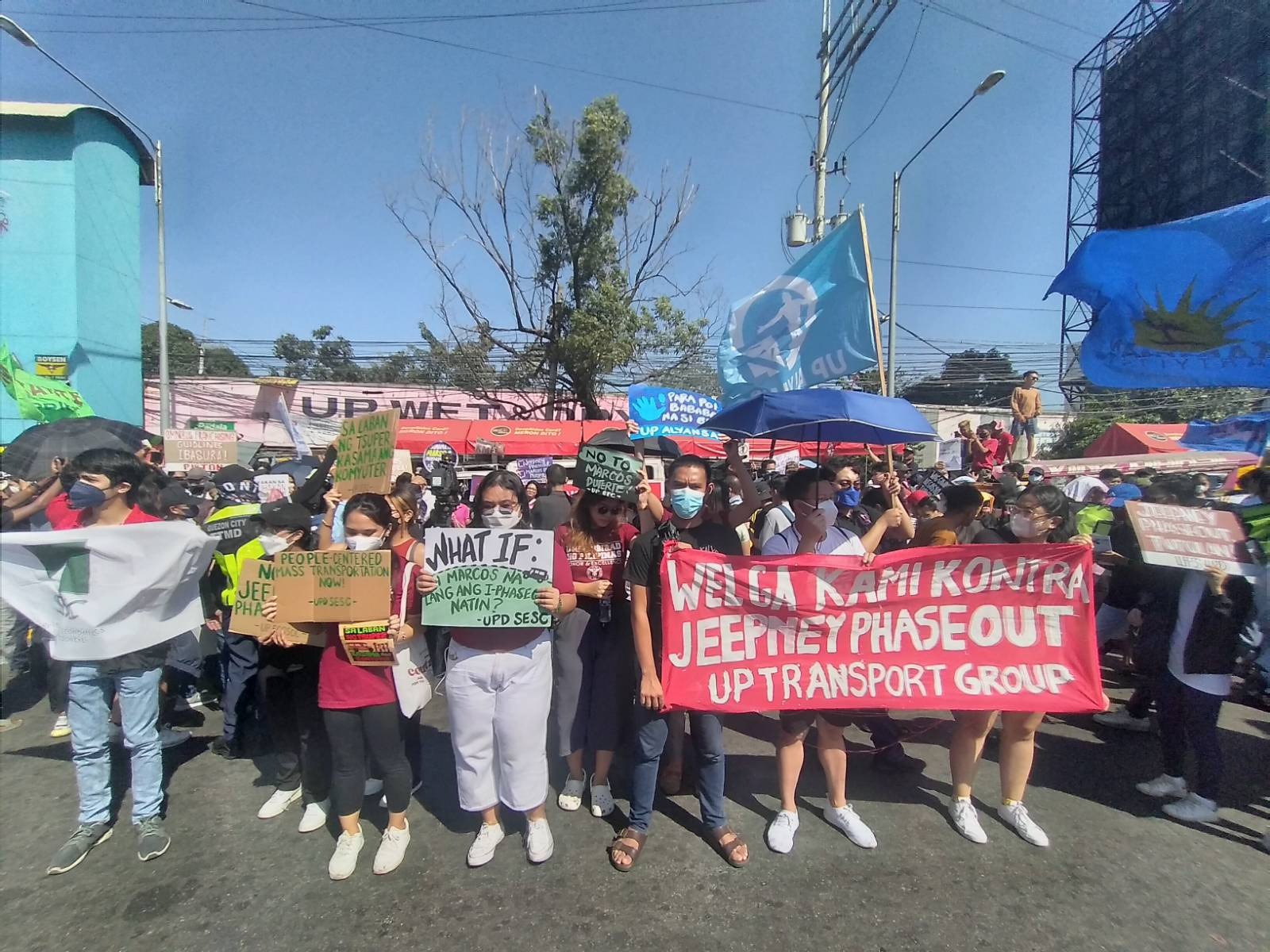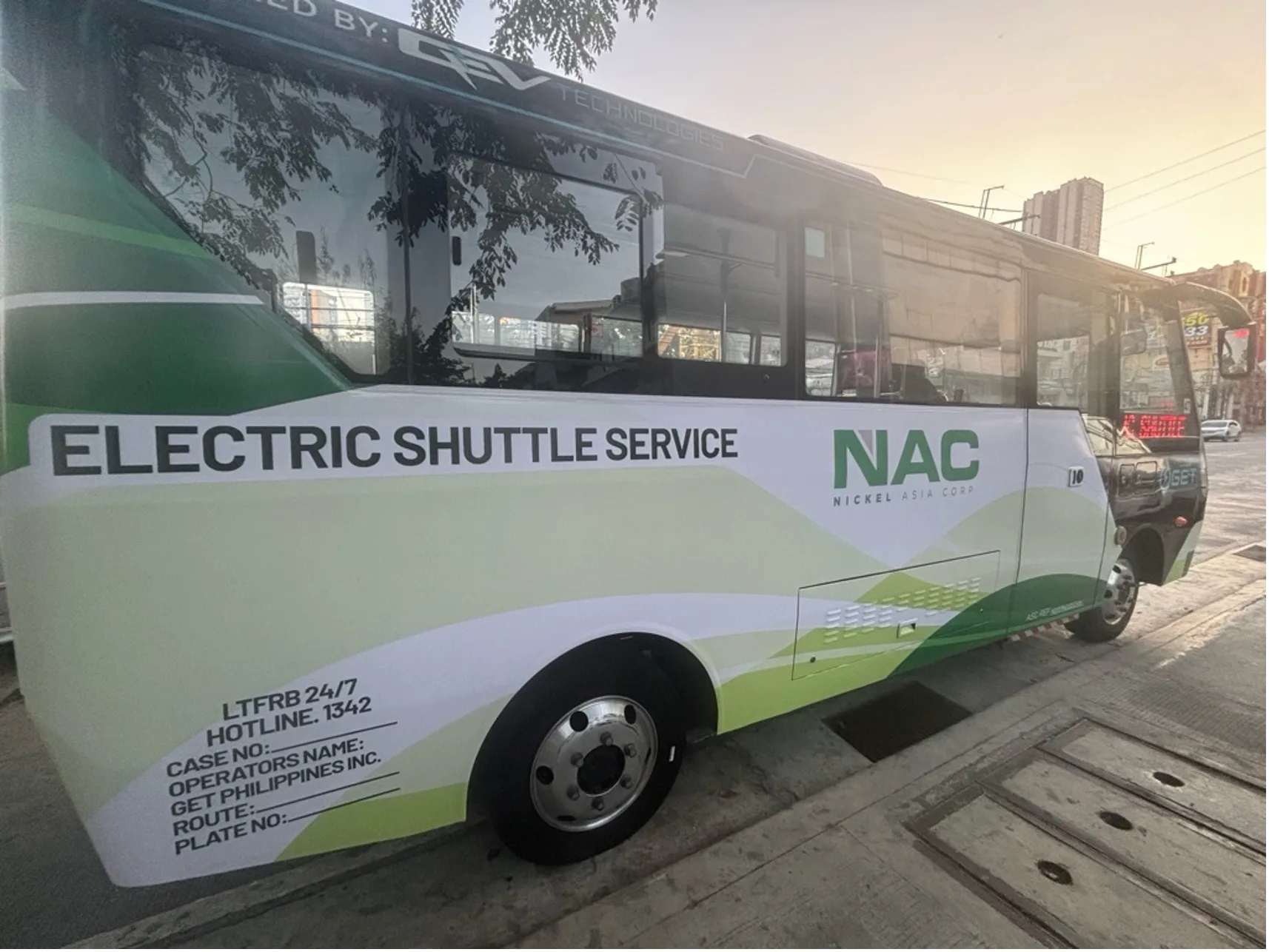Transit Advertising Philippines for Unmatched Brand Name Visibility
Transit Advertising Philippines for Unmatched Brand Name Visibility
Blog Article
Exactly How Transit Advertising Can Transform Public Transportation Spaces Into Dynamic Advertising Operatings Systems
Transportation advertising holds significant capacity to redefine public transportation spaces into vivid marketing systems that educate and engage. As we explore the multifaceted advantages and progressing strategies of transit advertising and marketing, it increases the question of just how this change could redefine our interactions with both brands and the city setting.
Advantages of Transit Advertising And Marketing

In addition, transportation advertising is extremely economical contrasted to conventional media. It enables marketers to accomplish high impressions at reduced prices, maximizing return on investment. The captive target market of commuters provides a chance for brand names to convey their messages to people who are typically receptive during their travel times.
Furthermore, the dynamic nature of transportation advertising permits projects to be updated frequently, making sure that messaging remains timely and appropriate. This flexibility can be important in reacting to market trends or advertising events, keeping the brand name top-of-mind for consumers. Finally, the prevalent existence of transit advertising and marketing adds to brand name recall; duplicated direct exposure within familiar travel contexts reinforces brand name understanding and cultivates customer commitment, ultimately driving sales and improving brand name reputation.
Sorts Of Transit Advertising And Marketing
Mass transit systems provide various layouts for marketing, each accommodating different advertising and marketing methods and audience engagement approaches. One prominent kind is external bus and train covers, which cover the entire automobile and develop a mobile signboard result, permitting high exposure in city settings. These wraps can capture interest as they go across active roads, reaching a varied target market.
Another preferred layout is interior advertising and marketing, which includes posters, electronic screens, and advertisements on transportation seats. These positionings involve travelers during their trip, reinforcing brand name messaging in a constrained area. Digital displays, particularly, provide the benefit of dynamic content, making it possible for advertisers to update messages in real-time.
Terminal advertising is likewise significant, featuring posters, banners, and interactive kiosks within transit terminals. These advertisements take advantage of foot website traffic and can target details demographics based upon location.
Lastly, marketing collaborations with transportation authorities can cause one-of-a-kind campaigns, such as themed transportation experiences or events, boosting the total involvement with commuters. Each type of transportation marketing supplies unique advantages, permitting brands to customize their approach to effectively reach their target audience within the public transport community.
Engaging Travelers Successfully
Travelers are increasingly swamped with marketing messages during their day-to-day trips, making it important for brands to engage them in cutting-edge methods. To record interest in this congested area, marketers need to prioritize imagination and importance. Making use of attractive visuals and concise messaging can significantly boost the likelihood of engagement.
Interactive elements, such as QR codes or enhanced fact functions, can likewise change fixed ads into immersive experiences, cultivating a deeper connection with the audience. Brands ought to concentrate on dealing with travelers' rate of interests and demands, tailoring messages to resonate with their way of living, whether with promos for neighborhood organizations or solutions made to improve their commuting experience.
Furthermore, timing plays an important function; tactically putting ads throughout optimal travelling hours can make best use of exposure and influence. Engaging commuters effectively also entails leveraging social media sites combination, permitting guests to share their promotions or experiences straight from transit platforms, therefore intensifying brand reach.
In essence, efficient involvement depends upon understanding the commuter trip and developing compelling, interactive, and pertinent advertising experiences that not just record focus but also drive action and commitment. By doing so, brands can change public transport right into a dynamic marketing system that reverberates with its target market.

Measuring Advertising Effect
How can brand names precisely assess the efficiency of their advertising projects en route environments? Determining the impact of transportation marketing requires a diverse technique that incorporates qualitative and quantitative metrics. One widespread technique is tracking interaction through mobile analytics, where brands can analyze foot website traffic patterns and app communications before, during, and after projects.
Studies can supply important insights right into brand name recall and consumer sentiment, permitting brands to assess exactly how well their messages reverberate with commuters. Additionally, checking social he has a good point media interaction pertaining to specific campaigns can disclose shifts in public perception and brand discussion.

In addition, collaborating with transportation companies can boost measurement precision, as they commonly have comprehensive demographic information on ridership patterns. By incorporating these techniques, brands can develop an extensive understanding of their advertising performance, making sure that their projects not just reach but additionally affect their target audiences effectively.
Future Trends en route Advertising
A considerable shift is anticipated in transportation advertising and marketing as technological innovations and changing consumer habits reshape the landscape. Transit Advertising Philippines. The assimilation of electronic display screens and multimedias is anticipated to improve involvement, permitting brands to supply dynamic material that reverberates with diverse target markets. As public transport systems accept smart innovation, marketers will leverage real-time information analytics to tailor messages based on passenger demographics and actions
Moreover, increased reality (AR) is positioned to change the means commuters interact with promotions. By offering immersive experiences, AR can transform a mundane journey into an appealing narrative that catches attention and promotes brand name commitment. This development will likely encourage marketers to produce more experiential campaigns that drive customer communication.
Sustainability is an additional crucial trend affecting transportation advertising and marketing. As ecological consciousness expands, brand names will progressively look for to straighten with environmentally friendly practices, making use of sustainable products and promoting green efforts within their projects.
Final Thought
To conclude, transit advertising provides significant benefits by enhancing brand name presence and involving a captive target market. Through numerous layouts, such as outside covers and digital displays, it changes public transport right into a vibrant advertising system. Effective engagement methods and robust dimension strategies additionally magnify its impact. As trends progress, the capacity for innovative communications in between brand names and commuters is positioned to grow, making sure that transportation advertising and marketing continues to be a crucial element of modern advertising and marketing techniques.
Transit advertising holds substantial possibility to redefine public transport areas into vibrant marketing systems learn the facts here now that educate and involve. The pervasive presence of transportation advertising and marketing adds to brand name recall; repeated exposure within familiar travel contexts enhances brand recognition and cultivates consumer loyalty, eventually enhancing and driving sales brand name track record.
Just how can brand names accurately assess the effectiveness of their marketing projects in transit environments?In conclusion, transportation advertising supplies significant advantages by improving brand presence and involving a restricted target market. Transit Advertising Philippines. As patterns evolve, the possibility for ingenious communications between brand names and commuters is positioned to expand, making sure that transit advertising and marketing continues to be an essential element of contemporary advertising click site and marketing approaches
Report this page